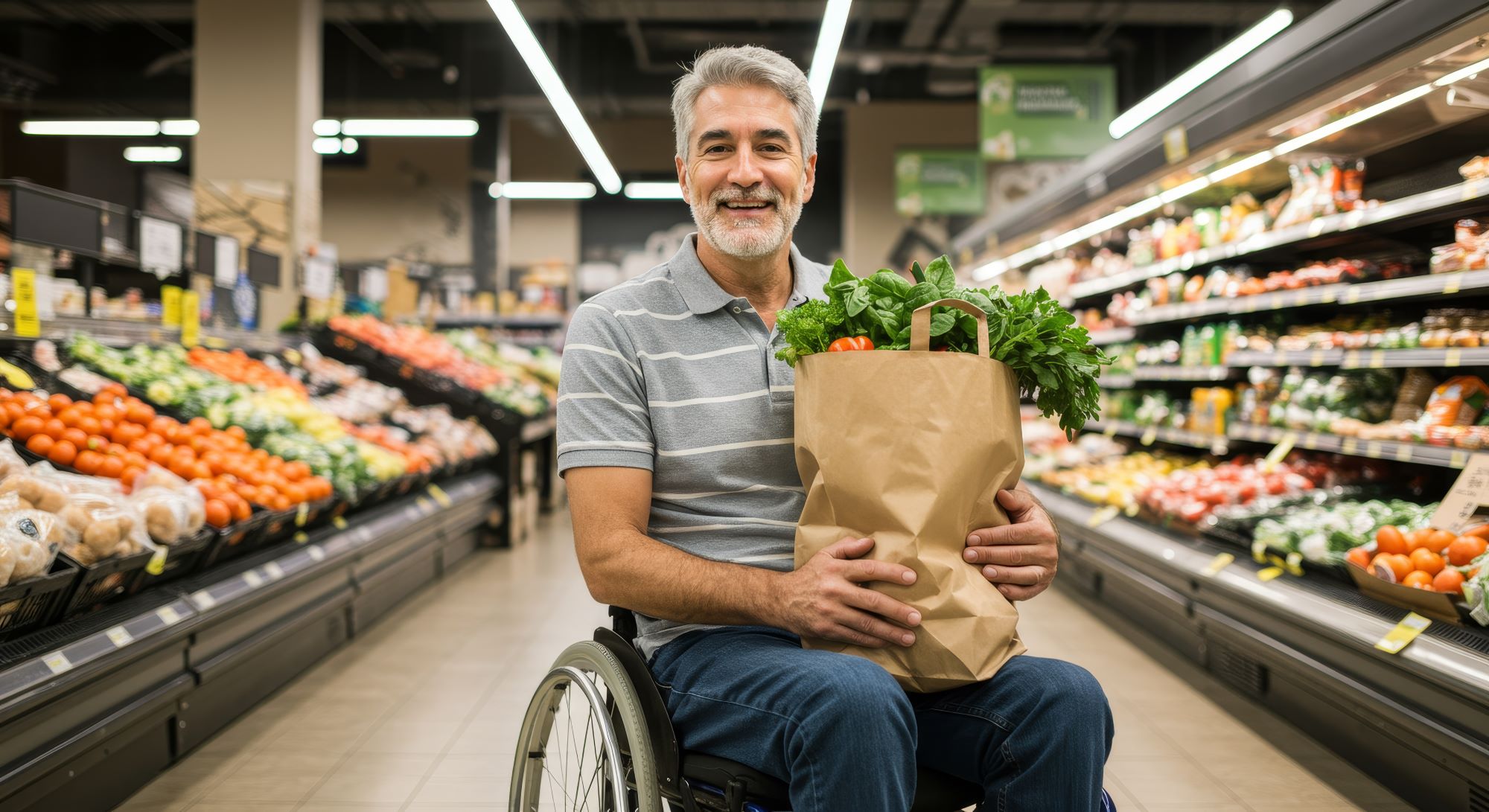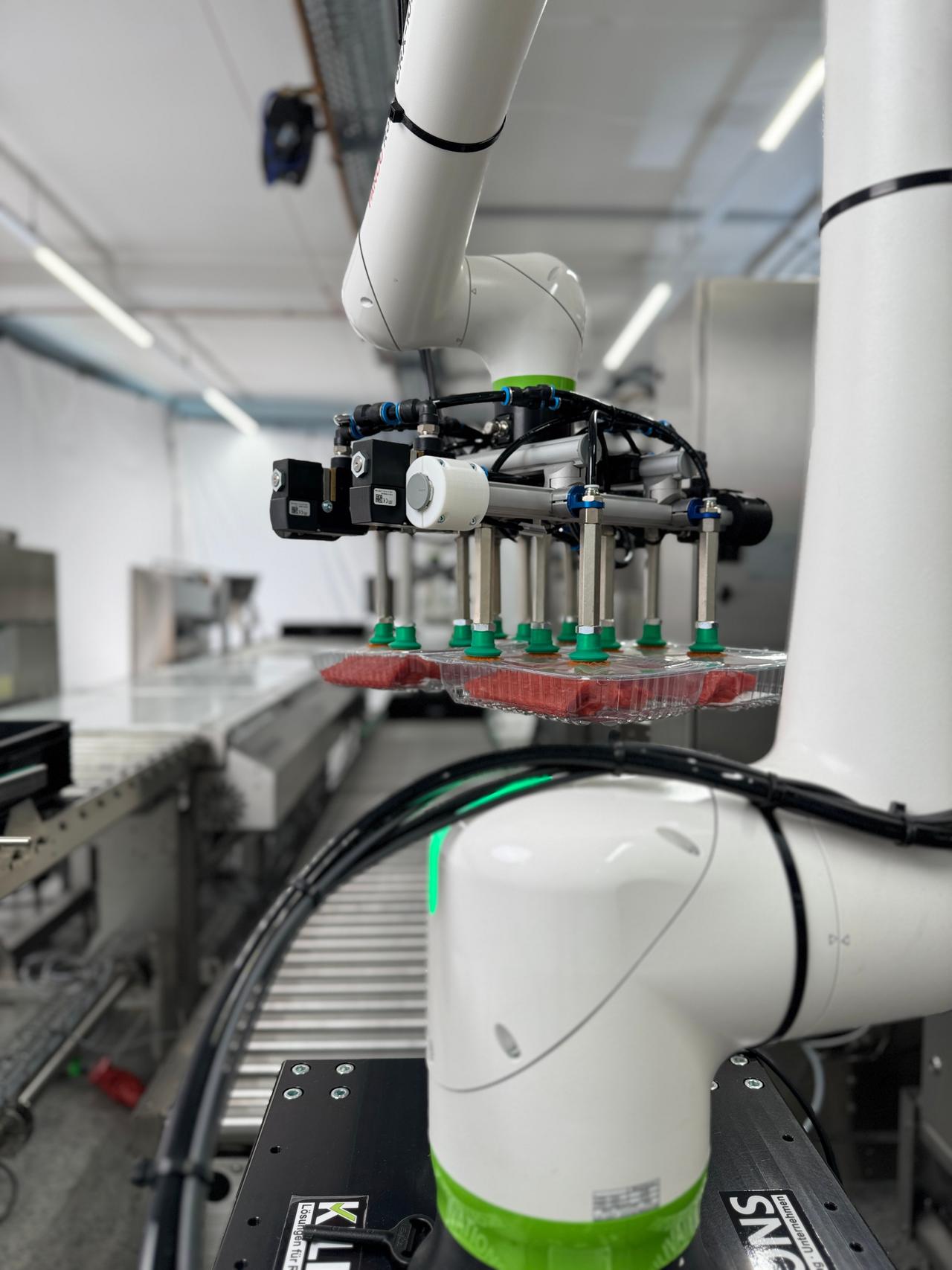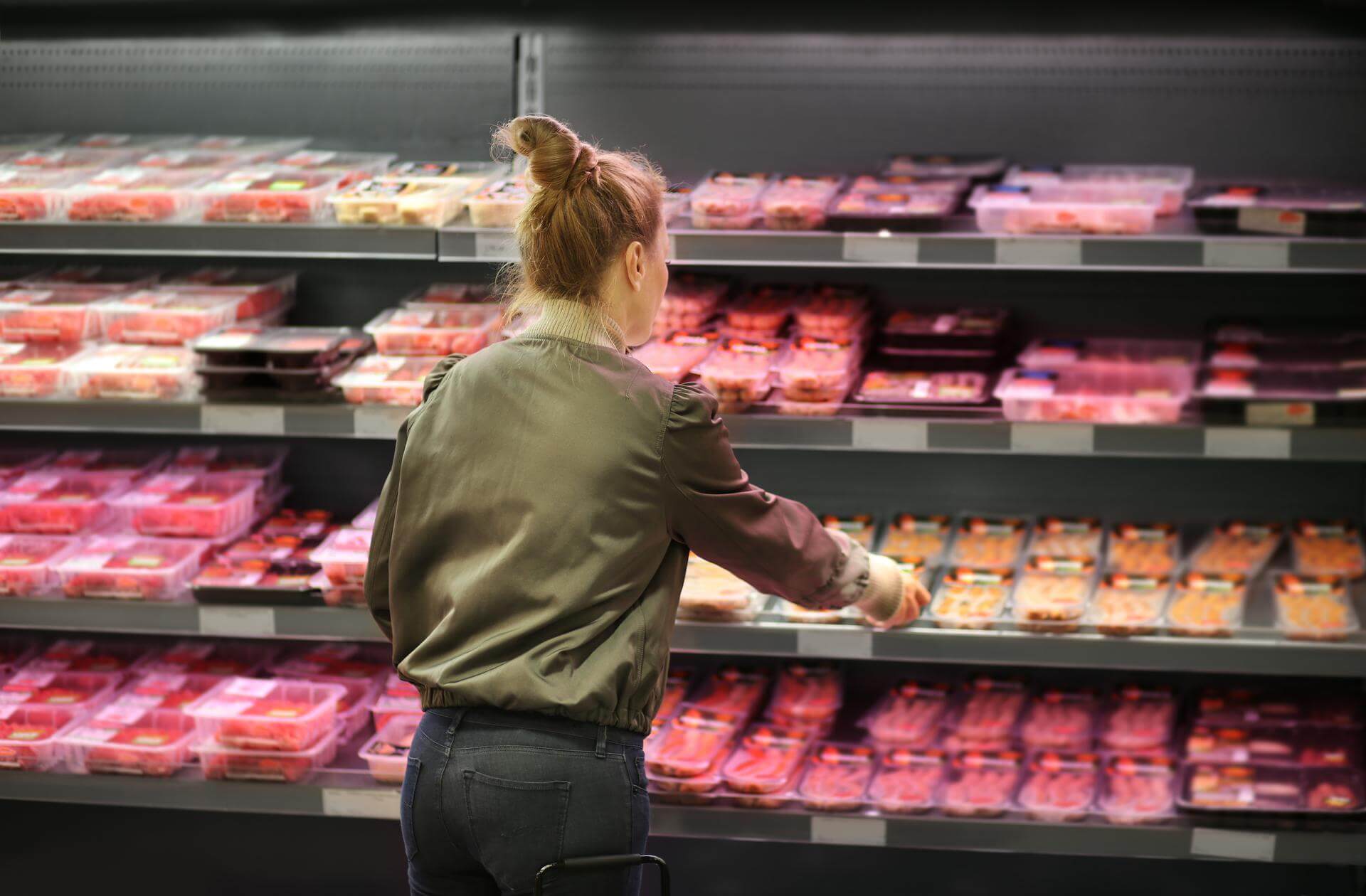Self-Checkout & Self-Scanning: Efficiency, Security and Innovation in Food Retail

Self-checkout systems are fixed stations where customers scan, weigh and pay on their own. This speeds up the process and reduces the need for staff at the checkout. Self-scanning goes a step further—customers use handheld devices or their smartphones while they shop. They can scan items directly into their cart and pay at the end. It gives them more control and transparency during the shopping trip.
Retailers are under pressure to improve efficiency and reduce costs. These systems help by speeding up the checkout process and allowing staff to focus on other areas like customer service. In the US, for example, self-checkout usage has risen to 44%, with similarly high adoption rates in the UK, according to RBR Data Services. In Germany it’s still at 18 percent, mainly because of cultural preferences and different store layouts. But the trend is clearly moving in the same direction.
People want faster and more flexible options. After the pandemic, many prefer contactless solutions. At the same time, retailers are linking mobile scanning with loyalty programs, digital coupons and personalised offers. Younger shoppers especially expect this kind of seamless digital experience.
That’s a key point. Studies show that shrinkage can be significantly higher at self-checkouts if you don’t have proper safeguards. That’s where our Supersmart system comes in. It uses AI and analytics to catch even small irregularities—like a mismatch in product weight—and it keeps learning with every transaction. TableSmart adds another layer, especially for smaller baskets, by validating every item and offering multiple payment methods. Together, these systems reduce fraud and also provide valuable data for inventory and planning.
Supersmart can handle checkouts up to three times faster than conventional systems. Retailers can reallocate staff to other tasks, which is especially valuable when qualified labour is hard to find. The systems also generate detailed data that supports better decisions—from stock management to targeted promotions. And for customers, the process is quick and smooth, which makes them more likely to return.
We’re seeing a shift toward hybrid systems that combine self-service with targeted staff support. In the US and in the UK, adoption will likely keep growing. In Europe, better user interfaces and smarter fraud prevention will help close the gap. The real opportunity is in using AI not just to react but to anticipate—whether that’s potential loss or changing consumer patterns. Retailers who understand this will gain a clear edge.
Self-service isn’t just about technology. It’s about creating a shopping experience that works for the customer and the business. If you implement it intelligently, with the right balance between automation and personal interaction, it can be a real driver of efficiency and growth.
Want to know more?
Your message is on it’s way
The form was sent successfully
Oops, something went wrong here
An error occurred when sending the form. Please try again





